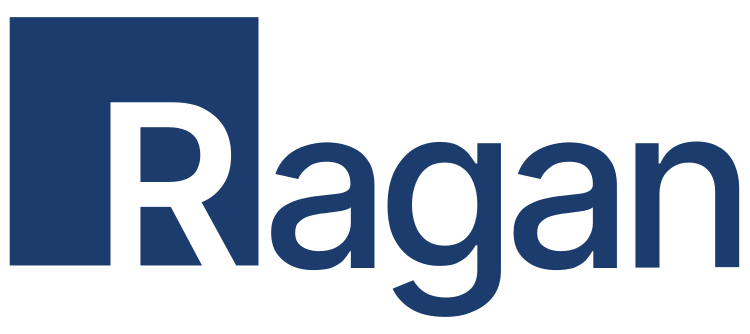How AI is launching the University of Alabama’s comms processes into the future
A deeper dive into AI’s role in higher-ed comms.

As generative AI’s rise continues, communicators across industries are figuring out how to leverage it to their advantage. More and more, they’re realizing that AI can expand their ability to work as critical thinkers and problem solvers rather than replacing those processes. That can apply to countless comms functions like research, ideation and distribution of messages.
At its core, AI is best used when the people feeding information into it know what goals and ideas they want to get out of it. For communicators, sharing goals and ideas is a major part of the job. Marrying these two job functions are increasingly looking like what the best comms pros in the field will excel at going forward.
In the latest edition of our “How AI Helped Me” series Kyle Fondren, executive director of web strategy at the University of Alabama, shared his insights on AI adoption in higher education and where he sees AI going in the coming years.
Sean Devlin: Could you tell us a little about how you first started interacting with AI in your role, and how it’s evolved?
Kyle Fondren: My first interaction with AI for this role was back in late 2022 when I experimented with teaching ChatGPT 3.5 to become an expert on the university’s internal brand voice and terminology. It went surprisingly well considering it was my first time using a large language model. That experiment was an eye opener to the potential that these tools have to break through resourcing challenges that we in higher education frequently struggle with. Since then, I find that I’m using it in nearly every facet of my role to find solutions or new approaches faster.
SD: What’s something about AI that you think communicators need to be talking about but aren’t discussing enough?
KF: We as communicators are in an advantageous position to use AI tools effectively. Through our professional training and innate skills, we’ve learned how to articulate ideas, goals and purposes. Consider this — what exactly is a prompt? It’s a clear articulation of ideas, goals and purpose directed toward an AI tool. If you’re a communications leader with supervisory responsibilities, you’re in an even better position. You’ve not only developed mastery in clear communication, but you’ve also already developed extensive experience in prompting — only you’ve been prompting humans.
Use that natural advantage to start making a difference in your role and your organization.
SD: When you first started using AI, how did you educate yourself on how to use it?
KF: Rapid-fire trial and error. One of the very best things about AI as an end user is that the tools are so fast there is essentially zero risk of finding yourself in a sunk-cost time situation. Just try things! If it’s a large language model, you can even ask the tool itself to refine your prompts.
I’m also a big Midjourney enthusiast, and the Midjourney community on X has been extremely helpful in advancing my image generation prompting skills.
Surprisingly, email newsletters have made a difference for me as well. I’m not one to voluntarily sign up for email newsletters, but there are some seriously good AI email newsletters that provide a lot of value for beginners and advanced users.
SD: How exactly does AI factor into your role?
KF: Simply put, AI has become my second, third and fourth brains. I’ve built a small brain trust of agents that specialize in different areas that my role touches like code, content, compliance and governance. I use them to refine my own ideas, brainstorm new ones and automate things that can be reasonably and ethically automated.
Beyond me and my team’s day-to-day use, AI has become one of my other duties as assigned. I’m currently leading our division’s efforts to procure and incorporate AI tools into our creative and business processes and teach others how to use them to power up their own roles.
SD: Have you seen any changes to your workflow or customer/stakeholder satisfaction since you’ve begun using AI and automation?
KF: Our workflows have seen a big change for the better. My team can research and prototype now at a rate that we would have never even dreamed of last year. On the web development side, using AI tools to get a concept out of our heads and into some kind of tangible form is becoming step one. That alone has saved us weeks or more of thought work and trial and error. Deep research tools have led to some revelations on the content side that help us put together content that better answers the questions that our target demographics are asking about.
SD: Do you have a big prediction for AI usage in the next few years?
KF: The impact that AI-powered, semi-autonomous web browsers will have on the web itself is going to be extremely disruptive to the entire web experience as we know it. There will likely come a day — sooner than we’re all probably comfortable with — that your website will be the equivalent of a Sears catalog during the ecommerce revolution. We need to start thinking about and preparing for a future web environment that is primarily consumed by AI agents and then custom tailored to the specific needs and wants of the people using them. We’ve been crafting mostly fixed digital brand experiences optimized for human patterns of behavior for the better part of 30 years, and soon we’re going to have to adapt to what a brand experience optimized for AI agents and retold to humans on their own terms is.
Sean Devlin is an editor at Ragan Communications. In his spare time he enjoys Philly sports and hosting trivia.







